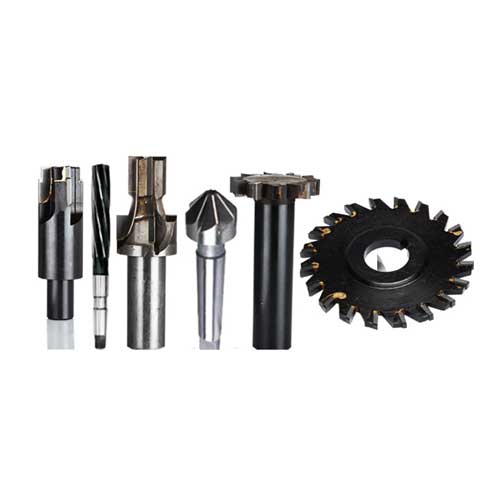A center drill generally consists of a countersink and a pilot drill. The tools are usually used for creating holes just in the middle of a piece of stock so that you can be used to turn between centres on a lathe in metalworking uses. The work of the pilot drill is to make a small hole and the countersink is there to expand the hole that is created and this creates a small gap just at the bottom portion of the hole which helps in protecting the lathe’s centers from any kind of damage during the stock turned on it.
Center drills usually come in two common types, one is Type A (DIN 333-A) and Type B (DIN 333-B) and is based on the center drill angle. The Type A one helps in creating a centre hole with a single 60° chamfer. Type B also creates a hole on 2 chamfers, a 60° and a 120°.
The center drills that we make available in the market passes through over 50 types of tests so that you can overcome a work in the most precise way.


